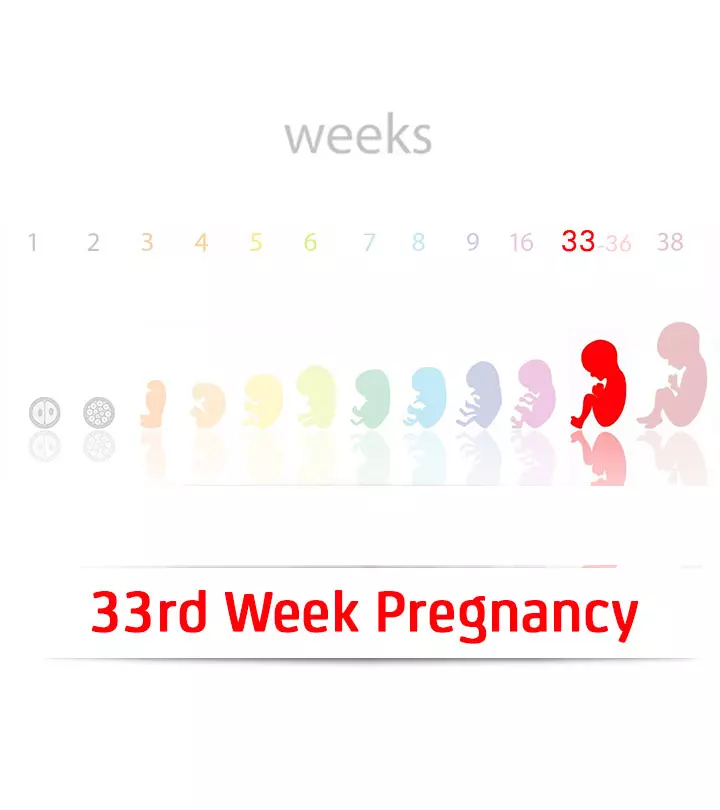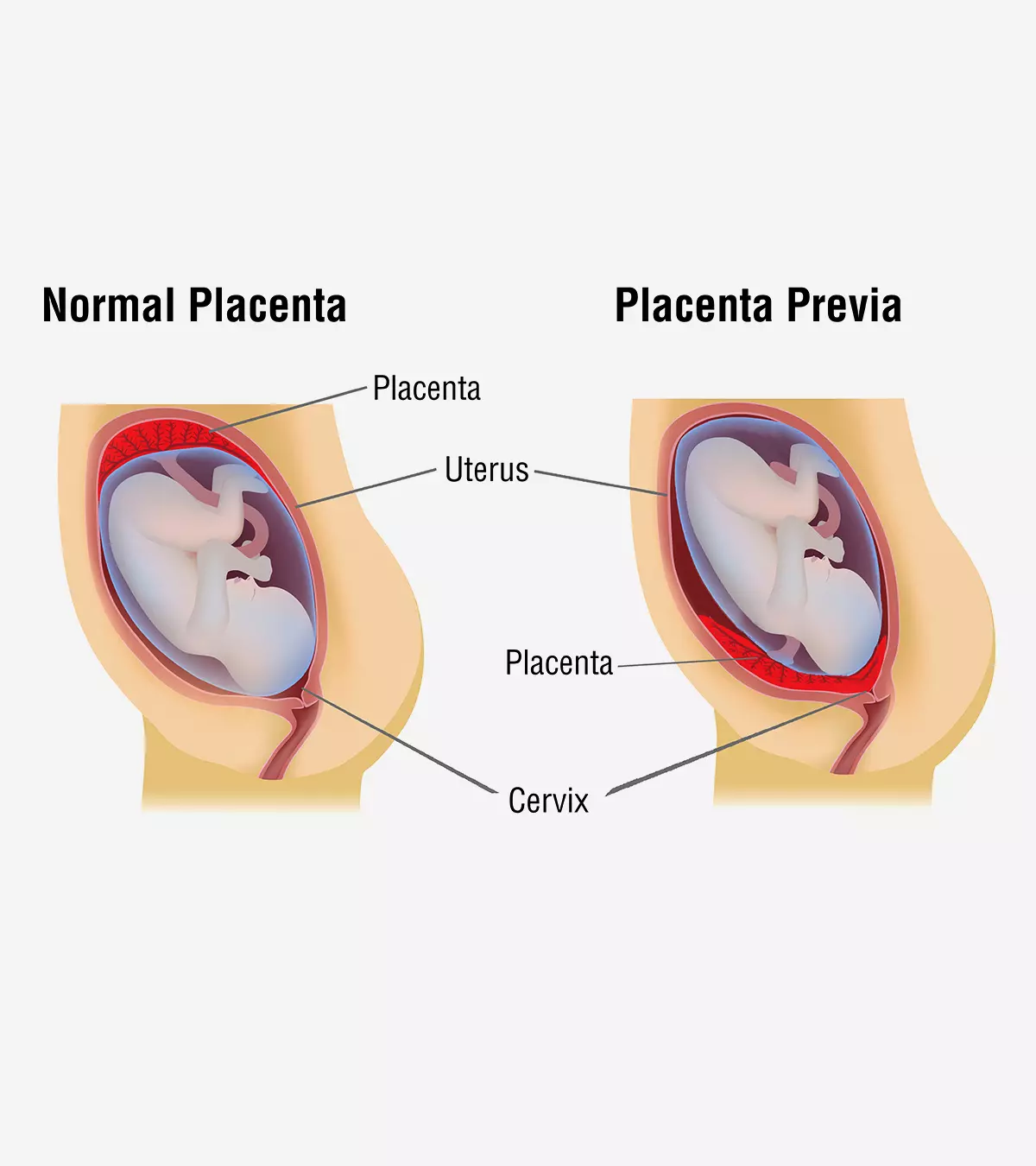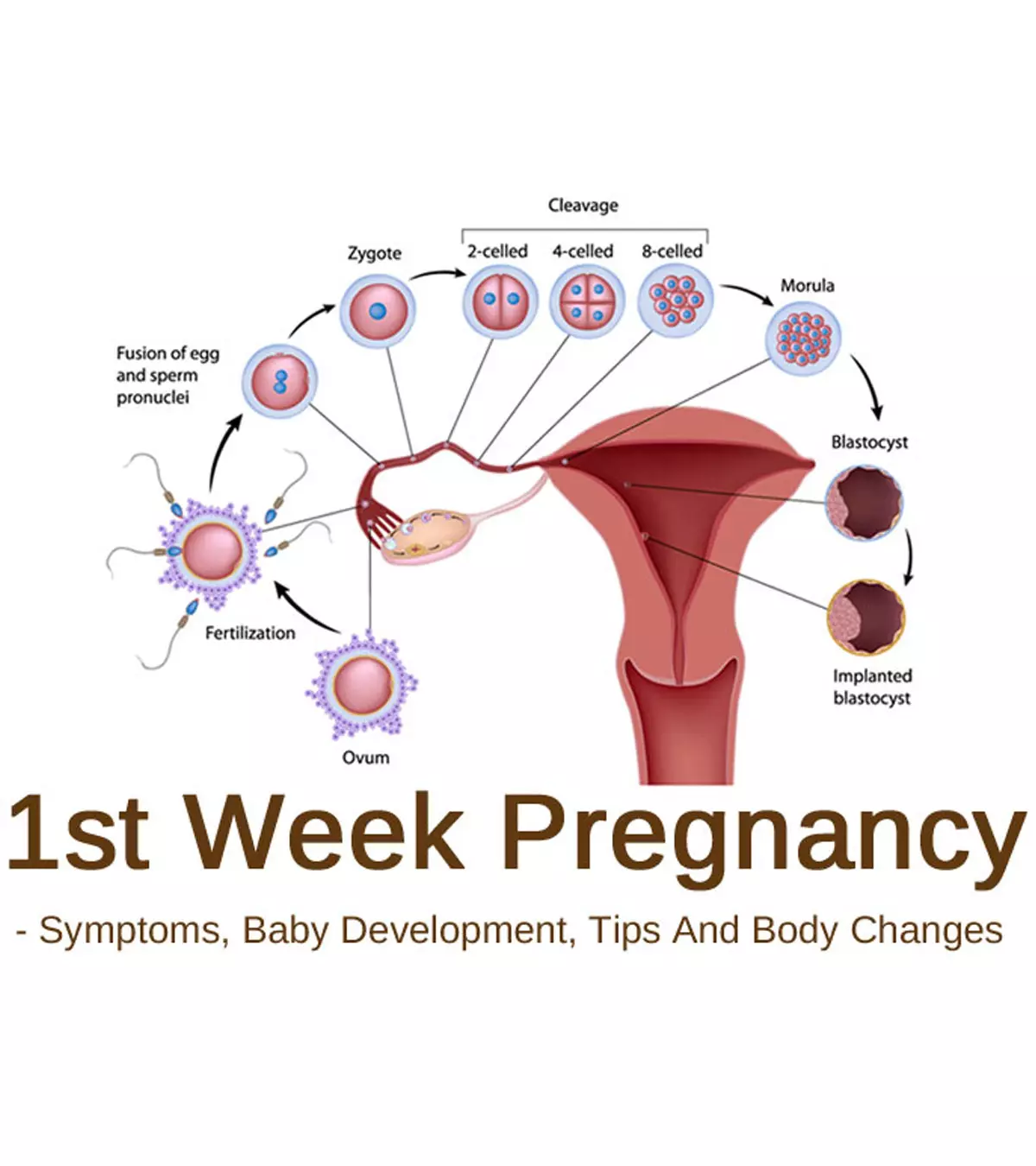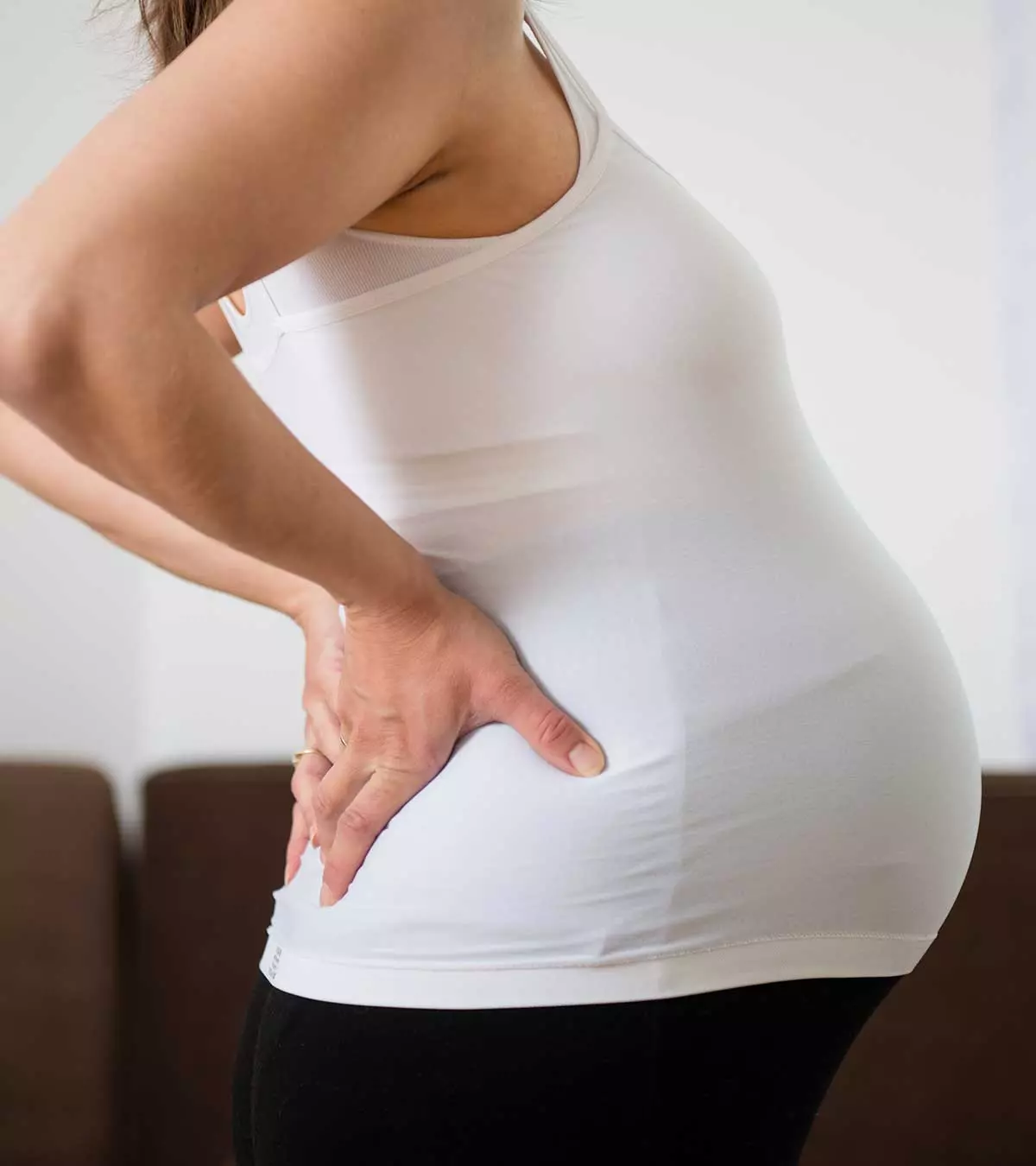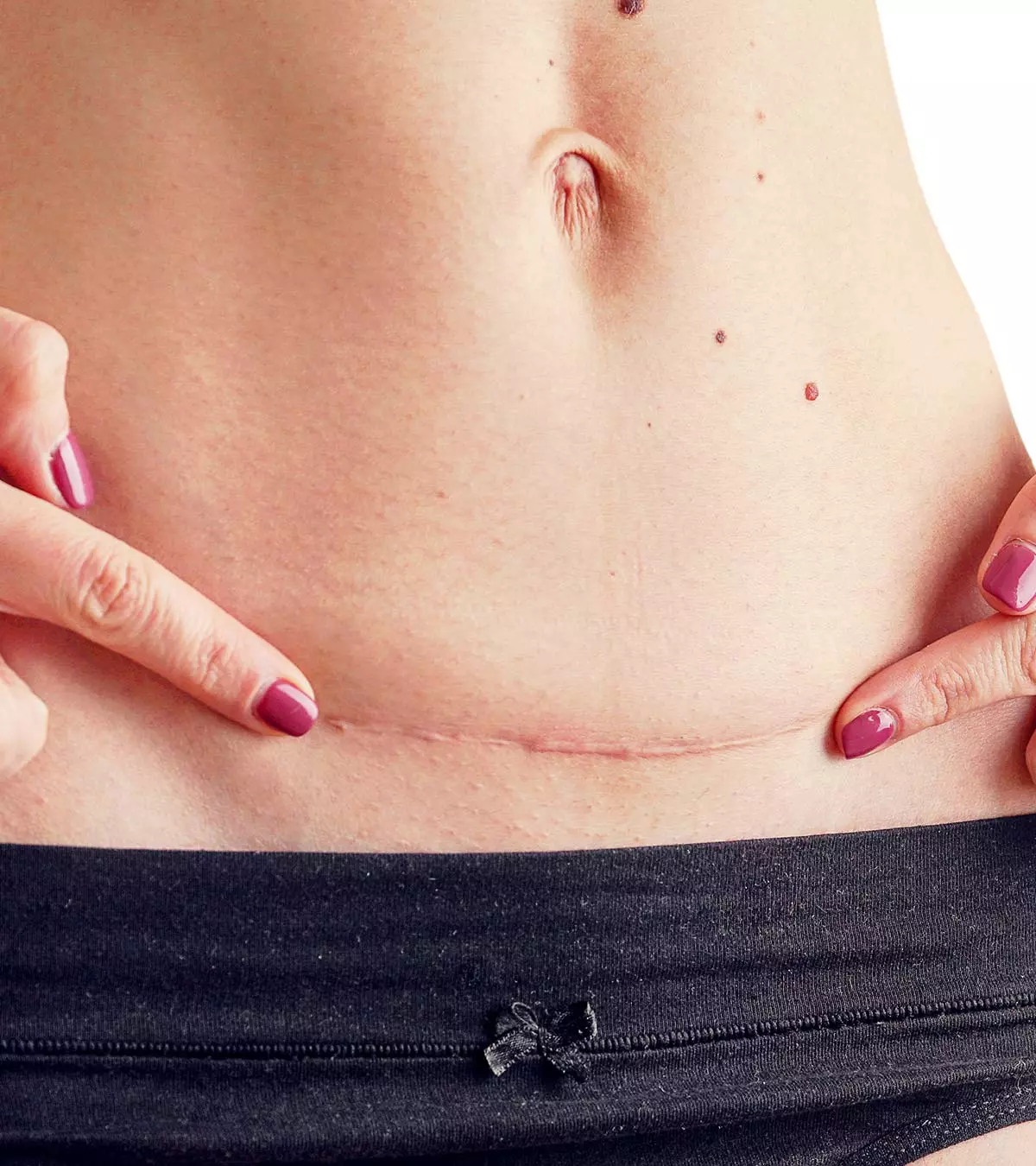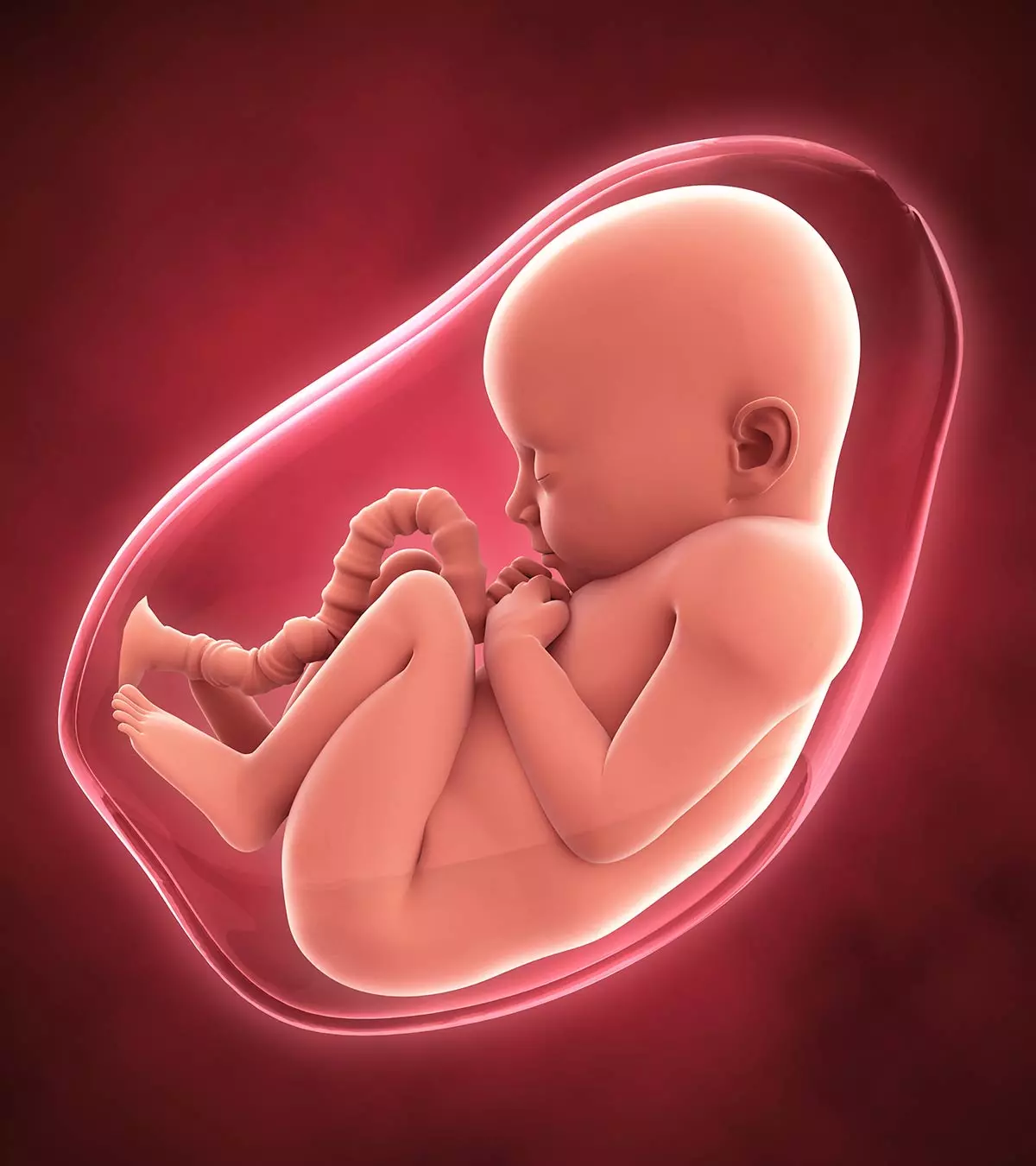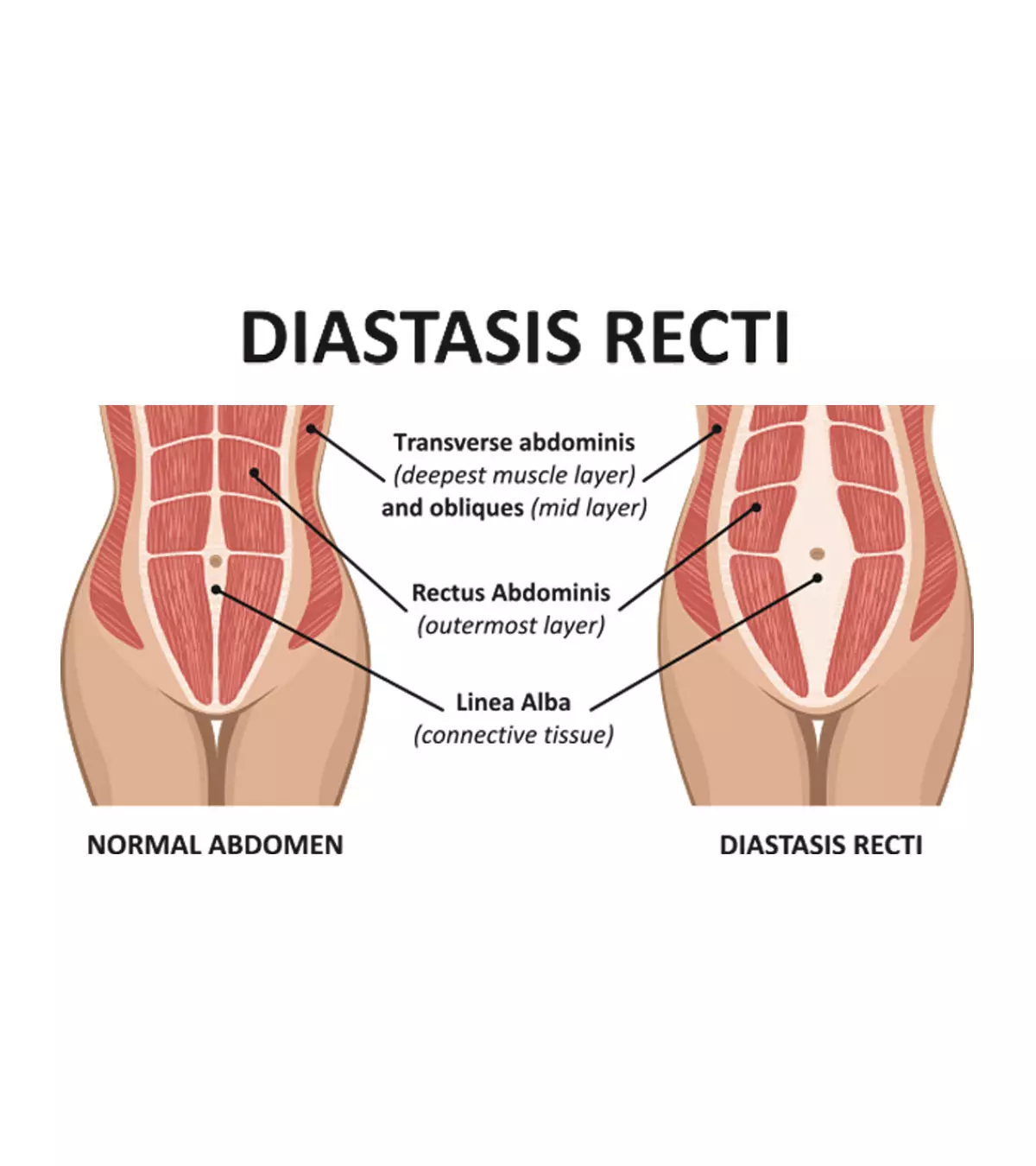DO, FACOG

Dr. Christian Pope is Board-certified in Obstetrics & Gynecology, and a Fellow of the American Academy of Obstetricians and Gynecologists. He is a long-standing medical staff member and past chairman of Obstetrics and Gynecology at St. Luke's Hospital of SouthCoast Hospitals in New Bedford, Massachusetts and is in private group practice at Hawthorn Medical Associates, Inc. He is a member of the medical staff at Women and Infants Hospital in Providence, Rhode Island as well as a Clinical Instructor in Obstetrics and Gynecology at the Warren Alpert Brown University School of Medicine.
He received his Obstetrics and Gynecology training at the Tufts University School of Medicine, Baystate Medical Center. He has an experience of 19 years and has authored articles in noted peer-reviewed journals as well as book chapters, and has been recognized for his achievements in medical education by receiving "Excellence in Teaching" and "Outstanding Obstetrical Performance" awards from Tufts University School of Medicine, and most newly, he was honored with the Southcoast Hospitals Physician Recognition Award.
MomJunction believes in providing the most accurate content to its readers. Hence we get our articles reviewed by highly skilled experts in the relevant fields. The articles are reviewed to ensure their authenticity, factual correctness, and relevance. The board members also add inputs drawn from their years of experience. Learn more about our medical review board.
